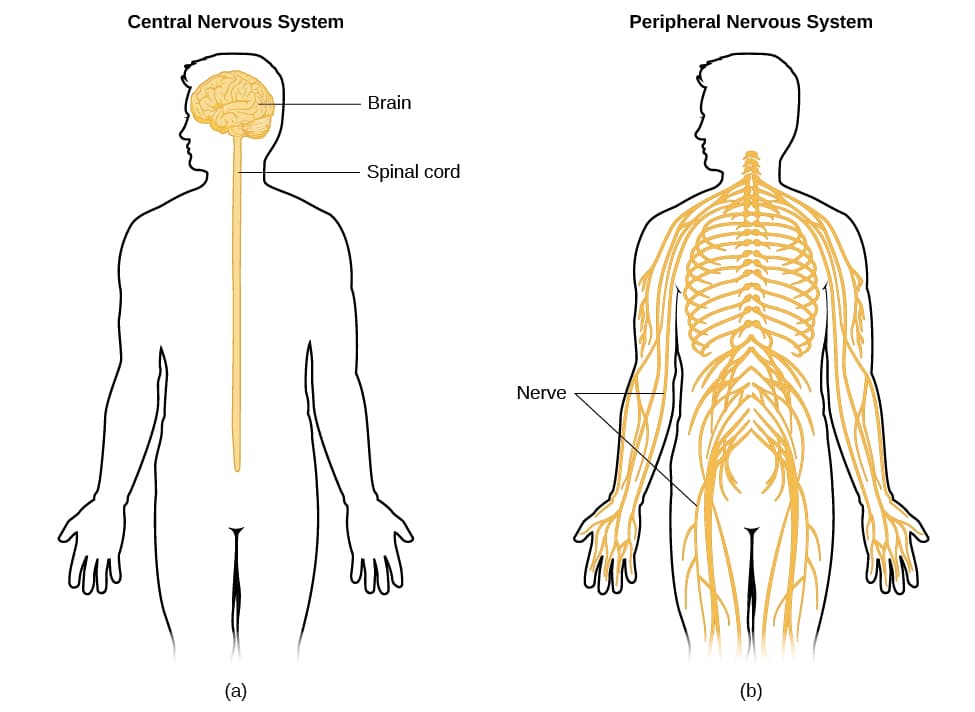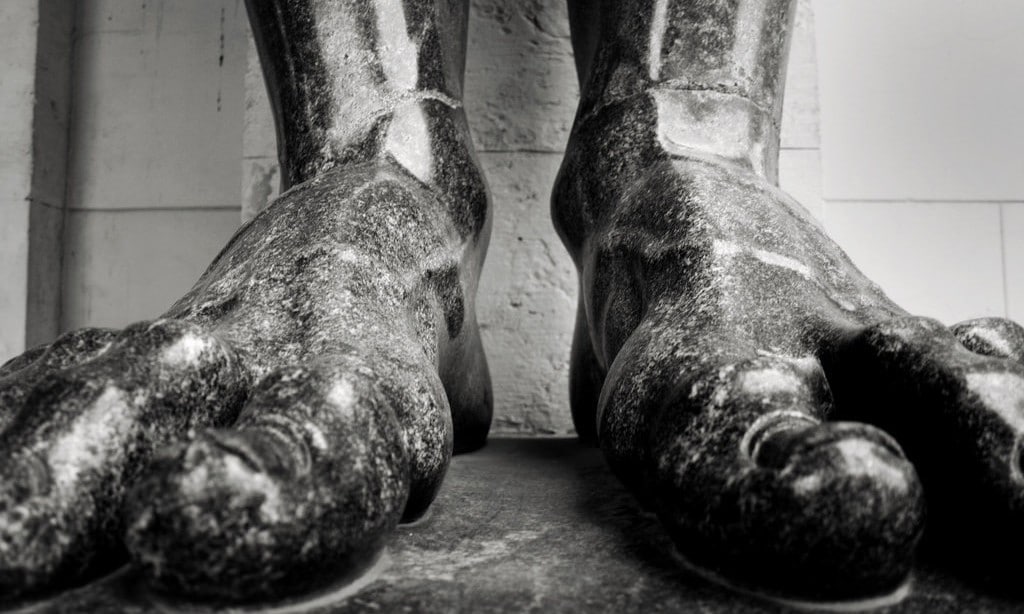
People suffering from peripheral neuropathy often experience a painful tingling in their hands or feet. | Image Source: Flickr CC User Quinn Mattingly
I was recently reading through the comment section on a University of Glasgow study that indicated that cannabis can help people manage pain from peripheral neuropathy, a type of nerve damage that causes pain in the extremities of the body, and I saw some interesting stories.
One man shared his experience using the diabetes medication Lyrica — he noted that it made him feel numb, and that he had lost all sensation in his body after taking it. Another man with idiopathic neuropathy, who’d been managing pain in his calves and feet for over twenty years, had been prescribed Lyrica for ten of them. While he had already decreased his dosage in the recent years with the help of a MedTronics unit, he wanted to stop the medication completely because of its side effects and so was interested in other options. Another woman explained that she just didn’t want to take prescription pain medication because she was worried about getting addicted.
While their concerns varied, what unified the people in the comments was their desire to find another solution, and this particular study was providing an alternative: cannabis. Cannabis has been shown to relieve many types of pain, but several studies in the last decade have focused specifically on the different roles that THC and CBD may play in treating the particular pain caused by neuropathy. While the exact mechanics are unknown, it seems like both these cannabinoids have an important part to play in helping people live without crippling pain.
The Pain of Peripheral Neuropathy
Peripheral neuropathy is caused by damage to neurons in the peripheral nervous system, particularly in extremities such as the hands and feet. This damage usually manifests as a painful tingling sensation, which can either occur in multiple areas or can affect only a single neuron. Neuropathy is caused by many things, including chemical exposure, infectious diseases, or chronic diseases such as diabetes (in fact, 60 to 70% of people with diabetes have some sort of nerve damage).

The peripheral nervous system extends through most of the body and extremities. | Image Source: OpenStax via cnx.org
Because peripheral neuropathy is so often caused by another condition such as HIV, cancer, or diabetes, this makes the stress of neuropathic pain all the more upsetting, because it occurs on top of the symptoms of pre-existing conditions. In another comment in the University of Glasgow article, a woman with HIV shared that her foot pain from neuropathy kept her awake at night. Another example of this would be a close friend of mine who was diagnosed with cancer and was later diagnosed with peripheral neuropathy caused by his chemotherapy. People dealing with diseases like these are likely already dealing with nausea, exhaustion, depression, and general discomfort. Add peripheral neuropathy to the mix, and they can’t even walk to the bathroom without feeling painful pins and needles.
How Cannabis Can Help Manage Pain
There have been several studies that show cannabis’ efficacy at treating and reducing pain, including a 2007 study published in Neurology that showed its ability to treat neuropathic pain associated with HIV. However, this cannabis research has mostly focused on delta-9-THC, the cannabinoid responsible for cannabis’ psychoactive high. But now we’re understanding that the cannabinoid CBD plays just as large a role in the treatment of pain as THC.
Cannabis produces a much higher ratio of THC to CBD, but when cannabis is refined into oil, individual cannabinoids like THC and CBD can be isolated. We know that both THC and CBD play a role in relieving pain, and we also know that THC works better with CBD than without. However, researchers are still looking into the mechanism of how exactly this works. One line of inquiry notes that the body’s natural endocannabinoid system (which is related to several functions including appetite, memory, pain, and mood) runs parallel in some respects to the endorphin system, which has a well-established role in pain management. Researchers from the Neurology study on HIV-associated neuropathy offered another idea, pointing out that the reduction in pain from using cannabis could be attributed to relaxation or the psychedelic high.
Regardless of how exactly it works, the continuously growing number of studies and anecdotal accounts of people who get relief from peripheral neuropathy by using cannabis — whether by smoking, vaporizing, ingesting, or using an oral spray like in the University of Glasgow study — suggests that cannabis and its main ingredients can play a major role in pain management.
Stepping Forward to Accept Cannabis Treatment
Luckily, the future of cannabis therapy is bright. The people of the US have never been more supportive of medical and recreational cannabis use, and even the federal government is coming around to the truth about cannabis. Even though some states are passing laws supporting the rights of insurance companies not to reimburse for cannabis medicines, the much greater trend throughout the country is very heartening. As more and more money is made in states that have legalized cannabis and those taxes are collected by the state governments, it’s very likely that the monetary benefits will trump conventional morality politics. We can only hope that happens (and work together to make it happen), so people no longer have to risk dangerous prescription side effects just to find relief from their pain.











I had breast cancer in 2015. I had a lumpectomy, sentinel node biopsy and 7 weeks of radiothery. I was on Aridimex for 2 years which caused osteoporosis. I was then on Tamoxifen for 6 years. I finished the medication December 2013. I was fine for a couple of year’. I now have Sjrogens Syndrome and Reynards Disease, small fibre neuropathy, sensory neuropathy and peripheral neuropathy. Will the CBD oil help with the neuropathy. I look forward to your reply. This is horrible to live with.
Sincerely
Jude
I too have peripheral neuropathy caused by chemo treatment for breast cancer. It is horrible to live with. People don’t understand it and the doctors don’t seem to really listen. I currently take a small dosage of hydrocodone (15 mg/day) which helps some but leaves a lot to be desired. Doctor wants to take me completely off it, but with no solution for replacement. They want to put me on Lyrica which I am terrified to take. Would like to hear about success with CBD or anything else!
I have been taking CBD in sublingual format for nearly a year for my diabetic neuropathy and can say that it is the only thing that helps with the burning and tingling. Nothing I tried before had any effect. I take it twice a day, morning and evening. I found, in addition, that it helped reduce the pain and stiffness from my arthritis, too! I recommend it highly. Fortunately, I live in California where I can purchase it legally from a cannabis dispensary in addition to THC products.